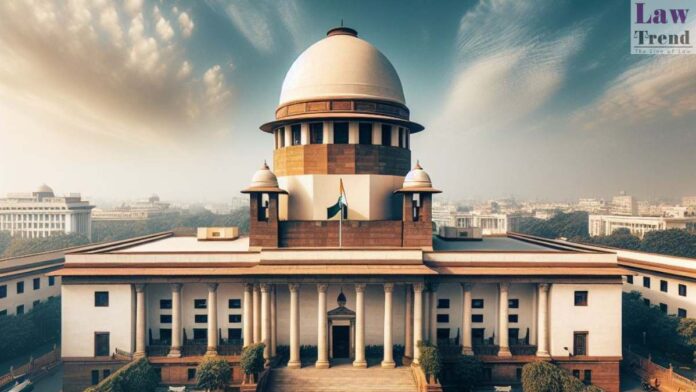The Supreme Court on Wednesday reserved its verdict on the long-pending issue of framing a uniform and scientific definition of the Aravalli Hills and Ranges — a move that will have far-reaching implications for environmental conservation, land use, and mining regulation across Delhi, Haryana, Rajasthan, and Gujarat.
A bench comprising Chief Justice B.R. Gavai and Justices K. Vinod Chandran and N.V. Anjaria reserved the verdict after hearing submissions from Additional Solicitor General Aishwarya Bhati, appearing for the Centre, and senior advocate and amicus curiae K. Parmeswar.
ASG Bhati referred to the final report of the committee constituted by the Ministry of Environment, Forest and Climate Change (MoEF&CC) in compliance with the Court’s May 2024 directions in the M.C. Mehta v. Union of India case.

“The main intention behind establishing a uniform definition is to protect the Aravalli Hills and Ranges,” observed the Chief Justice during the hearing.
The committee’s report underscored the ecological and environmental importance of the Aravalli system, highlighting its role in groundwater recharge, desertification control, and regional climate moderation. It emphasized the “imperative to protect and conserve the area from further degradation.”
The committee proposed that all concerned state governments adopt a scientifically driven and stepwise process to mark and delineate the Aravalli Hills and Ranges. It also recommended the adoption of technological and regulatory measures to prevent illegal mining and unregulated land use.
“To prevent illegal mining activities in the Aravalli region, the states should utilize modern digital and IT tools, including Artificial Intelligence and Machine Learning, for monitoring, transportation, and storage,” the report said.
The panel also encouraged states to introduce more stringent environmental safeguards, beyond the suggested framework, wherever necessary.
For scientific consistency, the committee defined an Aravalli Hill as “any landform located in designated Aravalli districts, having an elevation of 100 metres or more above local relief, determined with reference to the lowest encircling contour line, including slopes and supporting landforms.”
An Aravalli Range, it said, comprises “two or more Aravalli Hills situated within 500 metres of each other, measured between the outermost boundaries of their lowest contour lines. The area between such hills — including hillocks, slopes, and associated landforms — shall form part of the range boundary.”
The Aravalli Hills, among the world’s oldest mountain systems, act as a natural ecological shield against the expansion of the Thar Desert and play a crucial role in maintaining groundwater levels and biodiversity. Over the years, however, rampant illegal mining, deforestation, and urban sprawl have severely degraded the terrain.
Recognising the lack of a uniform scientific definition, the Supreme Court in May 2024 directed the MoEF&CC to constitute a multi-agency expert panel to develop a framework applicable across all four states. The committee, chaired by the MoEF&CC Secretary, included the forest secretaries of Delhi, Haryana, Rajasthan, and Gujarat.
With the hearings concluded, the Supreme Court’s forthcoming verdict is expected to lay the groundwork for harmonised regulation of the Aravalli ecosystem — a decision that could shape India’s broader approach to environmental governance and sustainable mining.







